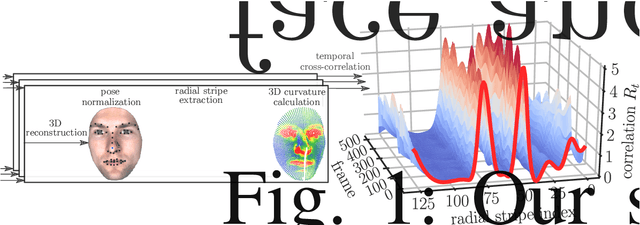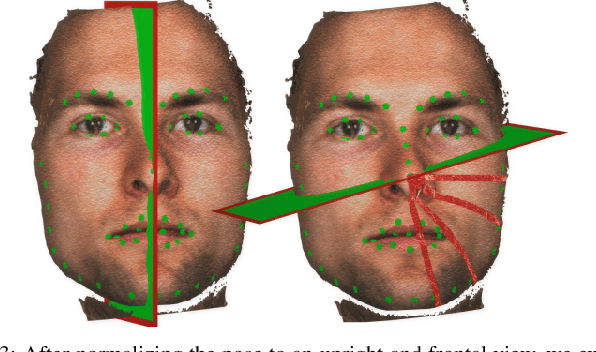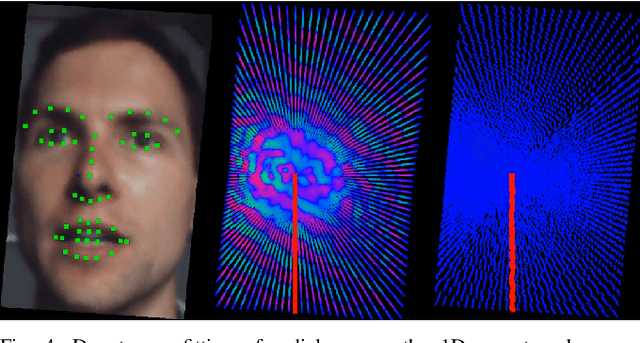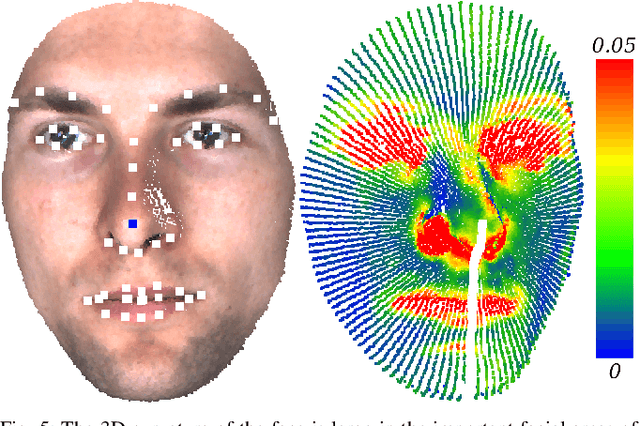Facial Behavior Analysis using 4D Curvature Statistics for Presentation Attack Detection
Paper and Code
Nov 05, 2019



The uniqueness, complexity, and diversity of facial shapes and expressions led to success of facial biometric systems. Regardless of the accuracy of current facial recognition methods, most of them are vulnerable against the presentation of sophisticated masks. In the highly monitored application scenario at airports and banks, fraudsters probably do not wear masks. However, a deception will become more probable due to the increase of unsupervised authentication using kiosks, eGates and mobile phones in self-service. To robustly detect elastic 3D masks, one of the ultimate goals is to automatically analyze the plausibility of the facial behavior based on a sequence of 3D face scans. Most importantly, such a method would also detect all less advanced presentation attacks using static 3D masks, bent photographs with eyeholes, and replay attacks using monitors. Our proposed method achieves this goal by comparing the temporal curvature change between presentation attacks and genuine faces. For evaluation purposes, we recorded a challenging database containing replay attacks, static and elastic 3D masks using a high-quality 3D sensor. Based on the proposed representation, we found a clear separation between the low facial expressiveness of presentation attacks and the plausible behavior of genuine faces.
 Add to Chrome
Add to Chrome Add to Firefox
Add to Firefox Add to Edge
Add to Edge